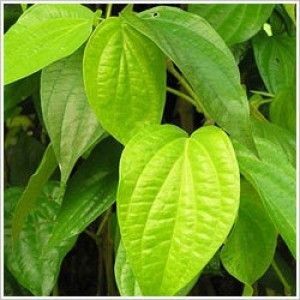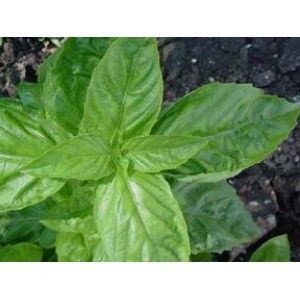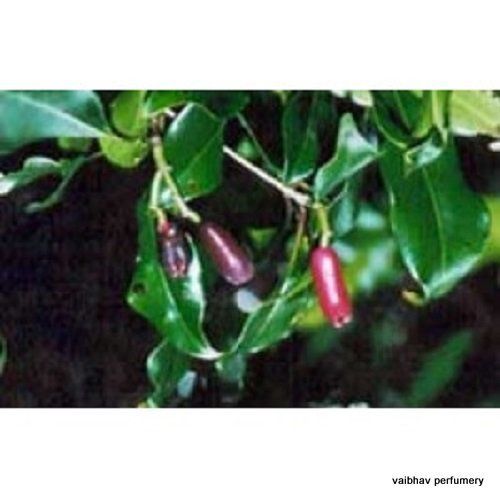
Sandalwood Oil
Product Details:
Sandalwood Oil Price And Quantity
- 1 Liter
- 125000.00 - 135000.00 INR/Liter
- 125000.00 INR/Liter
Sandalwood Oil Trade Information
- Jaipur
- Telegraphic Transfer (T/T) Western Union Paypal
- 1000 Liter Per Year
- 4 Days
- Yes
- Sample costs shipping and taxes has to be paid by the buyer
- CUSTOMIZED
- Western Europe Australia Eastern Europe Central America Africa Middle East South America Asia North America
- All India
- ISO 2009-2015
Product Description
Origin of Sandalwood essential oil:Sandalwood oil is from India and extracted from Santalum album of the Santalaceae family and is also known as East Indian , santal, saunders and sandalwood Mysore. The documented use of the wood goes back 4000 years and caravans carrying this wood from India to Egypt, Greece and Rome were a familiar sight. Many temples were built from the wood and the Egyptians used the oil in embalming.
Description of Sandalwood : Sandalwood is an evergreen, parasitic tree that burrows its roots into other trees. It can grow up to 9 meters (30 feet) high and has a brown-gray trunk, many smooth slender branches, leathery leaves and small pink-purple flowers. It is agreed that the best sandalwood oil is from Mysore in India.Appearance : wooden chips and powdered forms.
Aroma: Woody, Exotic smell, Subtle and Lingering
Color: Pale yellow to pale gold
Chemical constituents: The main chemical components are santalol, santyl acetate and santalene.
Extraction: Sandalwood oil is extracted from the chipped heartwood by steam distillation.
Santalol Contain: 90%+
Aromatherapy uses: It is considered a cooling and calming aromatic herb, with astringent, antispasmodic, digestive, diuretic, analgesic and antiseptic properties. It is wonderfully relaxing, reducing confusion and balancing the mind. On the skin, sandalwood essential oil helps to moisturize and hydrate ageing, dry or flaky skin, relieving itching and inflammation and its astringent action balances oily skin conditions. Sandalwood is much in demand as incense and has a calming effect during meditation. Swahra yoga recommends it for the union of the senses and Tantric yoga for the awakening of sexual energy. The oil of Sandalwood is used externally in aromatherapy and is said to calm the mind and body. It has been employed in the rooms of patients with mental health problems, as its fragrance is said to have a calming effect. It is also thought to help those who are suffering from stress and to soothe tension and anxiety.







